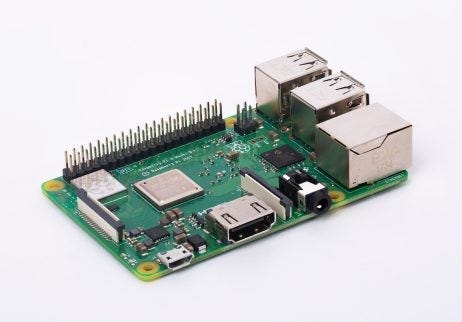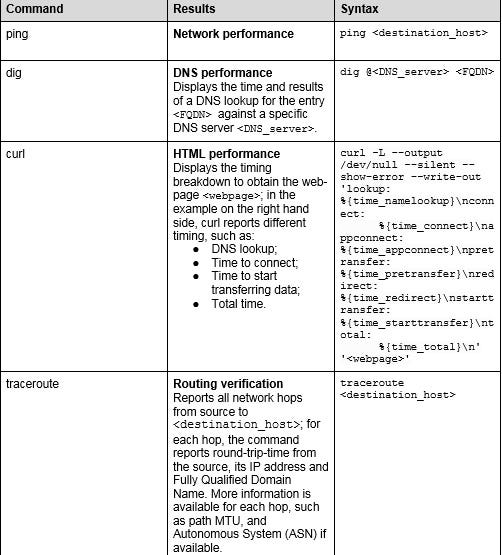Building Your Own Network Monitoring SensorBuilding Your Own Network Monitoring Sensor
You can create a sensor to monitor wired and WiFi networks and gain insight into how networks are performing for remote end users.
April 5, 2018

In the past few years, we’ve seen an increase in sensor-based network monitoring solutions that rely on small hardware probes to collect performance information for LAN and WiFi networks. The emergence of these active monitoring systems that run real tests on the network is a clear signal that traditional network monitoring tools based on SNMP and passive protocols are nowadays insufficient to spot network problems.
One of the main reasons for this change is that the increased adoption of network virtualization is rendering networks more complex, and consequently, more difficult to monitor. The SNMP monitoring approach of periodically checking the status of individual routers, switches, and other devices is not enough to assure service availability and performance. And while the information provided by passive protocols is useful for understanding how the network is utilized by users and applications, it can’t really tell us, for example, whether users can connect to the internet or provide insight into their connections to web and cloud applications.
Network monitoring sensors are great for running active tests from remote offices where users are located, and you can build your own. Active tests are the most effective way to detect users' network problems because they are continuous, end-to-end, and verify network and application availability and performance.
From a hardware perspective, the Raspberry Pi is a single-board computer that only costs $35, but that has enough power to build a remote monitoring sensor. The last version of this platform has astonishing specifications: a 1.4 GHz CPU (ARMv8), 1GB of RAM, one Gigabit Ethernet (now with Power over Ethernet support through a PoE HAT), and a dual-mode 802.11ac WiFi adapter. Thanks to the onboard Gigabit Ethernet, which supports up to 300 Mbps in throughput, and the WiFi adapter, this platform is also a great candidate to run bandwidth tests on Ethernet and WiFi networks.

Gridelli-image1.jpg
In the following table, I list some Linux-based commands that can be implemented for a homegrown network monitoring sensor. These four simple commands provide useful information to quickly detect network and application problems that remote users may experience.

Gridelli-2.jpg
To conclude, we should recognize that today's networks require a more sophisticated approach to network monitoring, which includes the need to verify that users can connect to the network and access web and cloud applications. With a few dollars and some Linux skills, every network administrator can easily implement a hardware-based monitoring sensor and run a variety of open source software on top.
You can learn more about building a monitoring sensor at my hands-on session next month at Interop ITX 2018 in Las Vegas, "How to Turn Your Raspberry Pis into Remote WiFi and Wired Monitoring Sensors.”
![]()
Get live advice on networking, storage, and data center technologies to build the foundation to support software-driven IT and the cloud. Attend the Infrastructure Track at Interop ITX, April 30-May 4, 2018. Register now!
About the Author
You May Also Like




